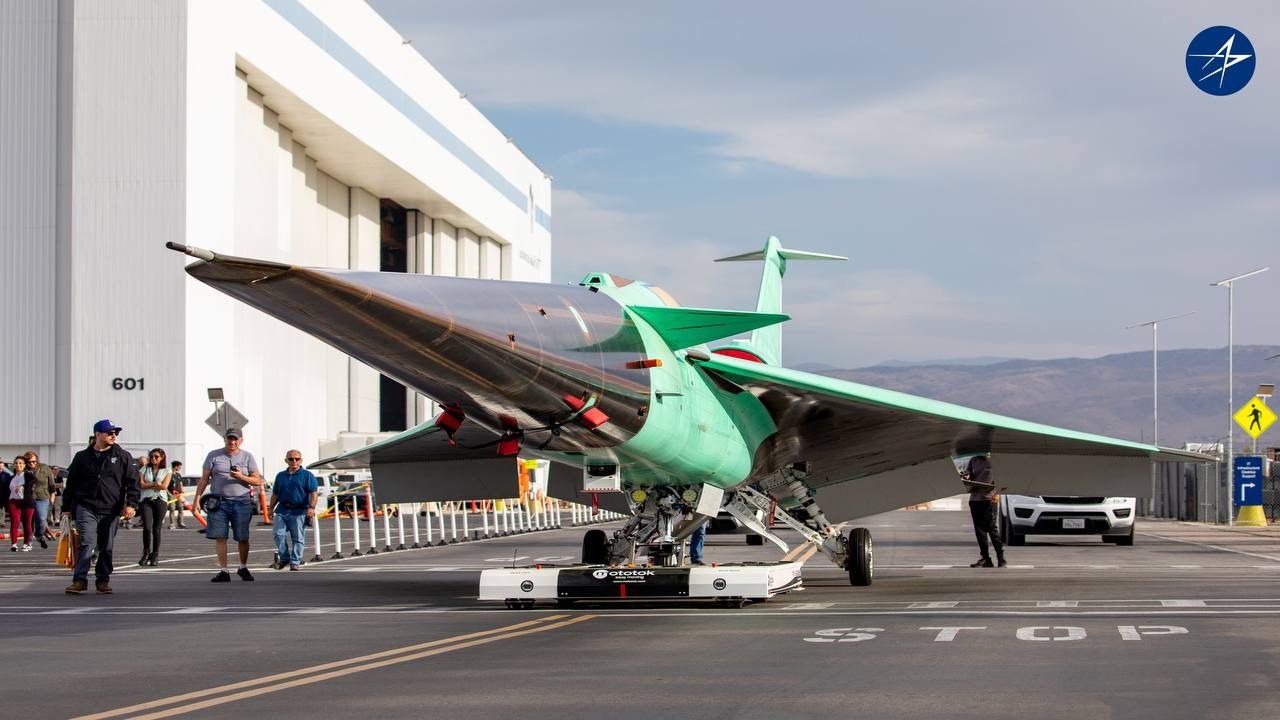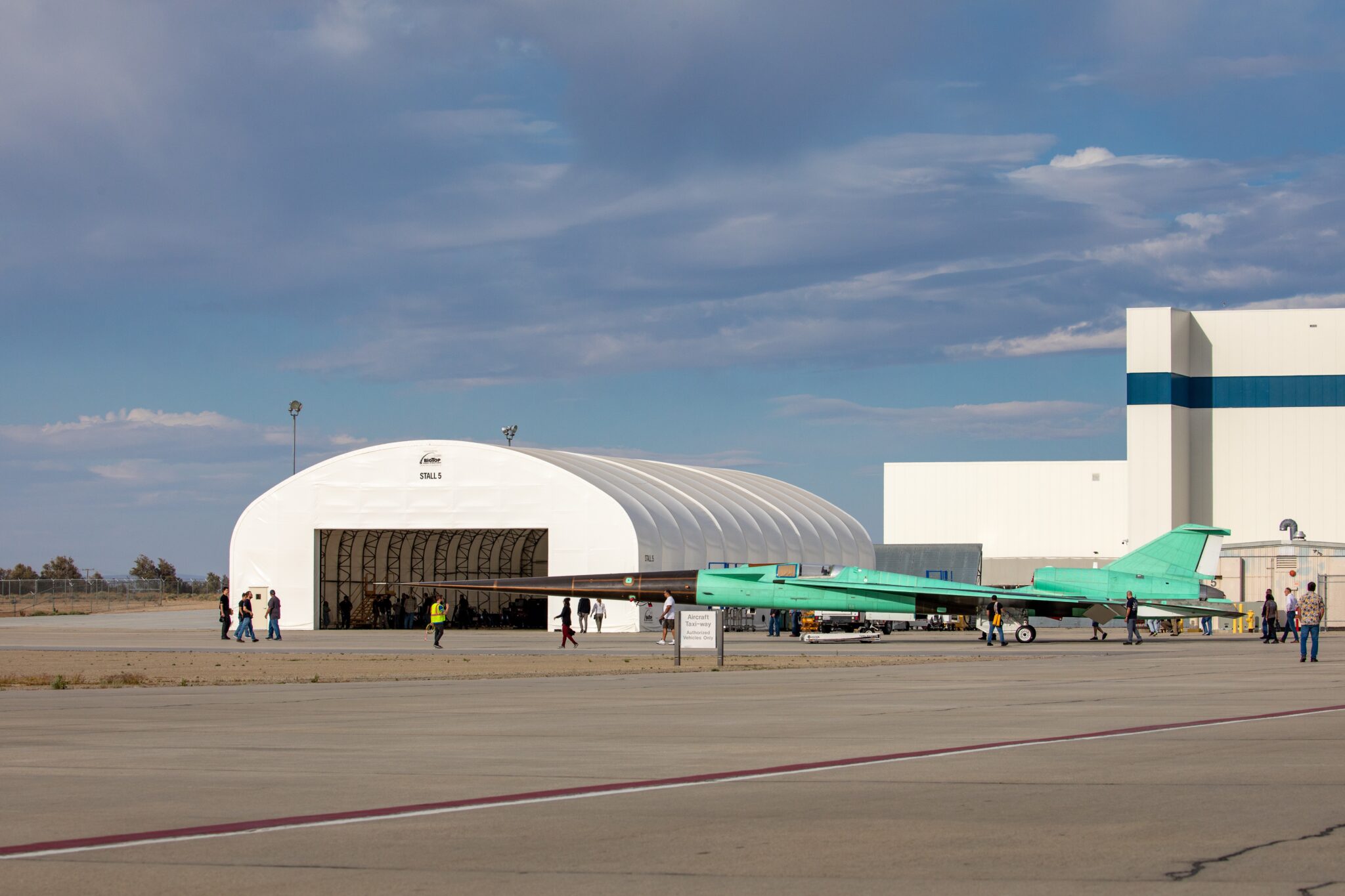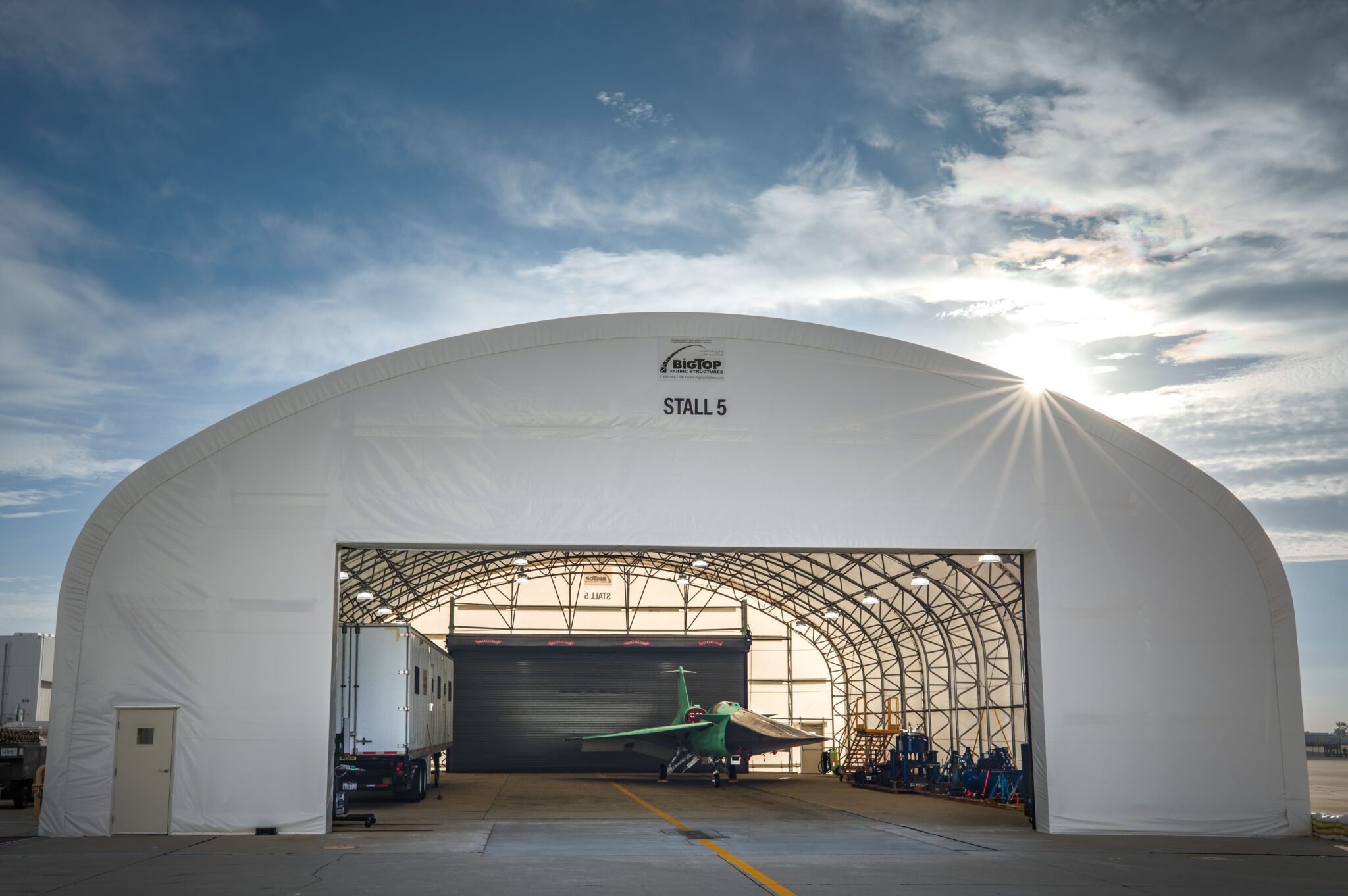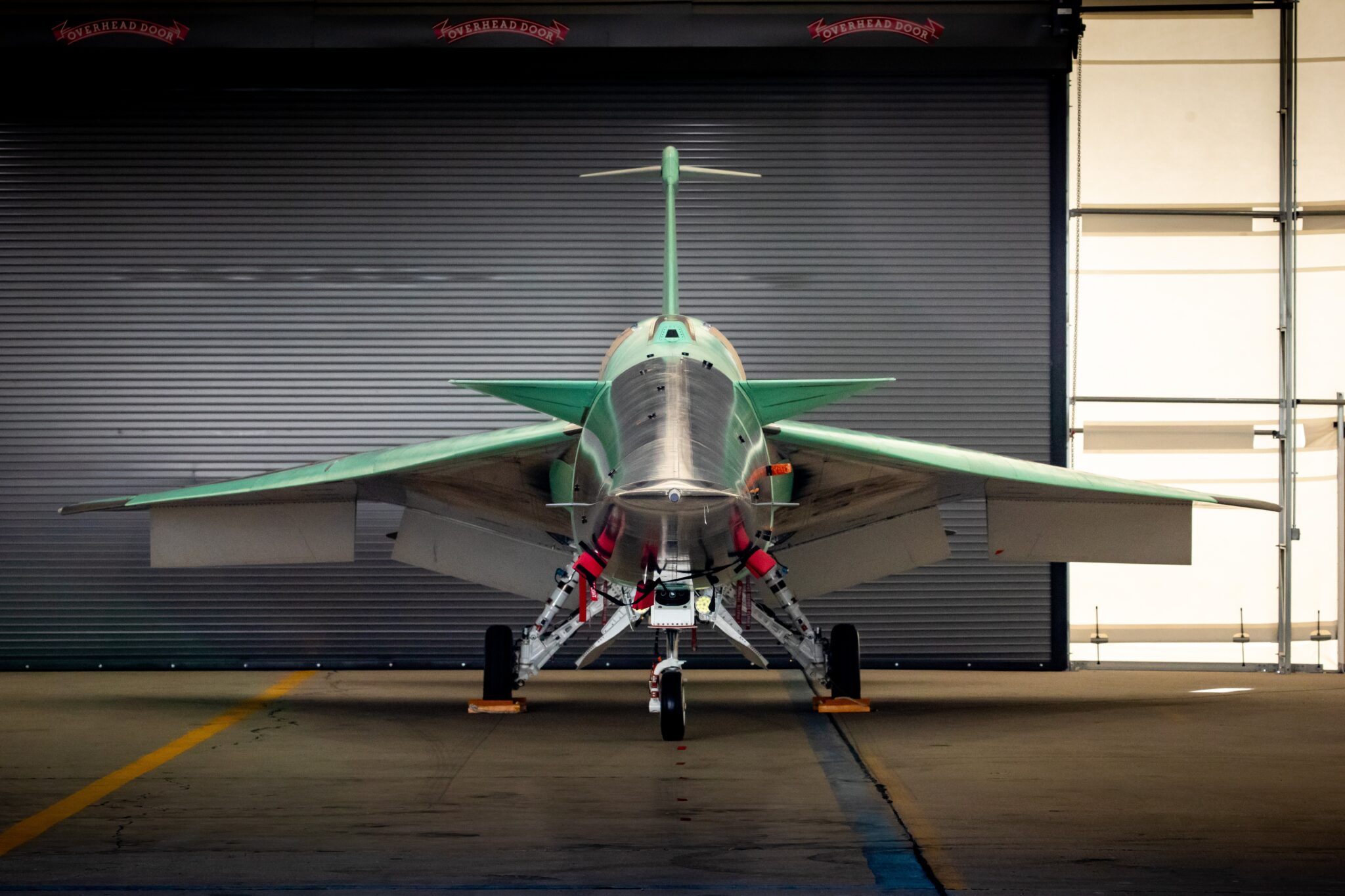NASA’s X-59 Quiet SuperSonic Technology (QueSST) experimental aircraft is preparing for its first test flight this year. The aircraft is testing technology that minimizes noise when breaking the sound barrier. It is assumed that the X-59 will be able to reduce noise to a quieter “sonic boom”, which can pave the way for supersonic passenger flights over the continental United States, which have so far been banned due to noise pollution regulations.

NASA recently shared several photos showing the X-59 standing on the so-called flight line — the space between the hangar and the runway — at the Lockheed Martin Skunk Works in Palmdale, California.
“Moving from the hangar to the runway is one of the many stages of preparing the X-59 for the first and subsequent flights,” NASA reported this week. The agency added that the team would now conduct a series of important ground tests to make sure the aircraft was ready for its first flight.

One such test flight will involve flying the X-59 at supersonic speed over several localities to see how residents react to the sonic booms generated during its supersonic flight. NASA will then pass on its conclusions to U.S. and international regulators, which can open up the possibility of commercial supersonic flights over land.
Revival of passenger supersonic thanks to NASA
The X-59, which began development in 2016, is designed to fly at an altitude of 16.7 km with a cruising speed of Mach 1.42 (1508 km/h) – this is twice as much as a normal passenger aircraft. At this speed, of course, the flight time between destinations will be significantly reduced.

The fastest flight between New York and London on the Concorde – a supersonic passenger plane operated by British Airways and Air France before its decommissioning in 2003 – took only 2 hours 53 minutes, which is twice as fast as a subsonic passenger plane. This means that the supersonic flight between New York and Los Angeles, which currently takes about 5 hours and 30 minutes, can be reduced to 2 hours and 30 minutes or even less.
Concorde flew between the USA and Europe, and this route was allowed only because the airports – Washington Dulles and New York Kennedy – were on the East Coast, which meant that supersonic noise was occurring over the Atlantic Ocean.

However, the X-59 can lead to the emergence of many new and faster routes not only over the United States but also around the world, although whether you can afford a seat on an airplane is a completely different question.
Earlier, we reported on how NASA and Boeing presented the experimental X-66A aircraft.
According to NASA
Follow us on Twitter to get the most interesting space news in time
https://twitter.com/ust_magazine

